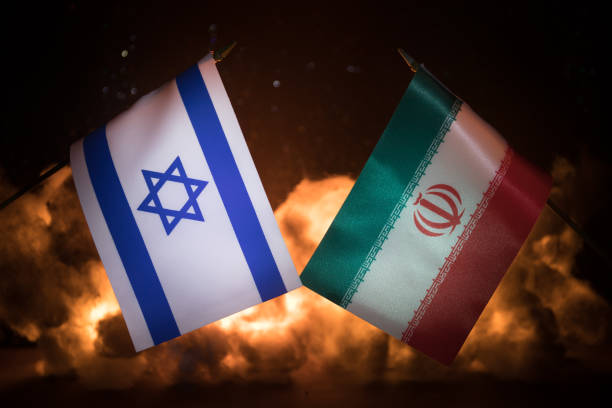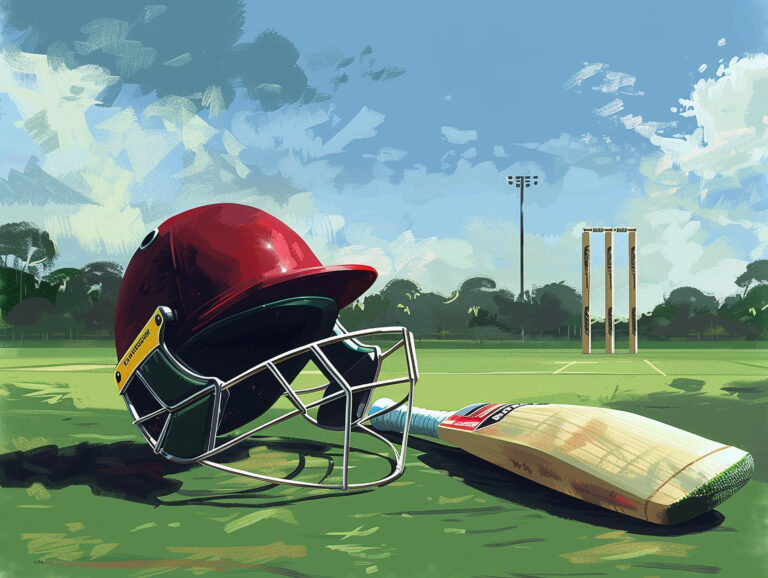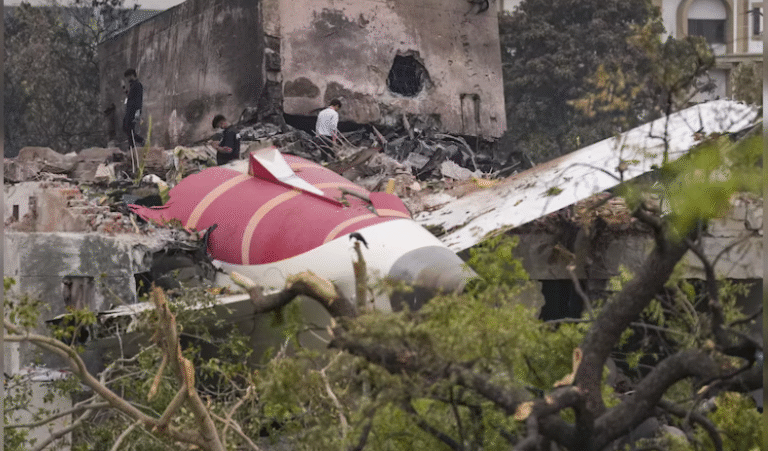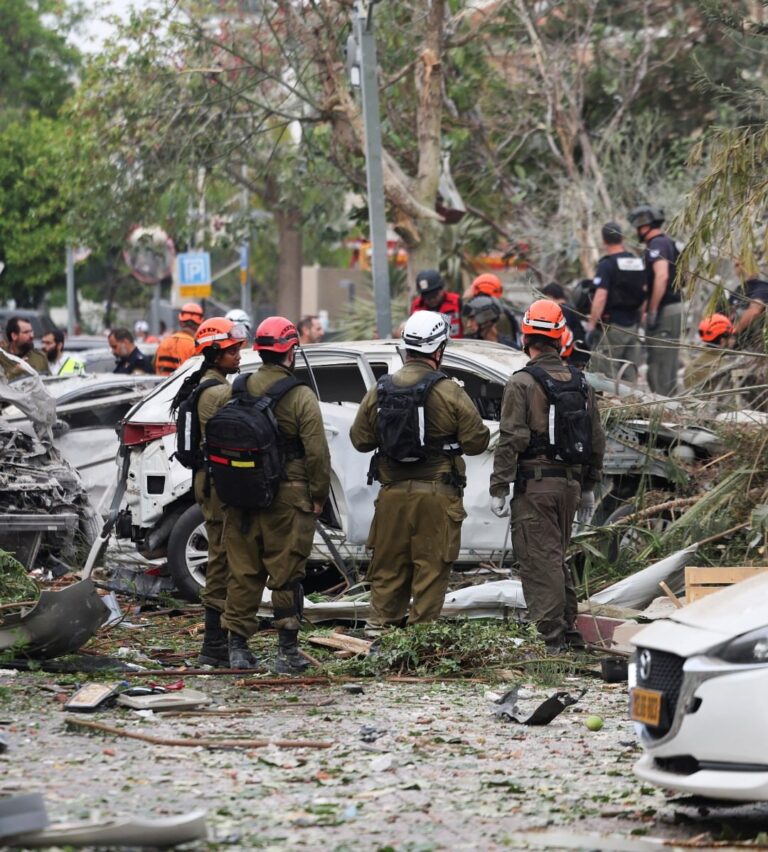In a world that often feels consumed by the sound of bombs and the cries of desperation, a ceasefire agreement can feel like a rare gift. It’s a moment when nations and communities, exhausted by conflict, set down their weapons, if only temporarily, and allow themselves to remember that life can be more than just a fight for survival. In recent times, as tensions surged between Iran and Israel, the declaration of a ceasefire felt like a collective sigh of relief — a moment to breathe.
Understanding the Importance of a Ceasefire Agreement
A ceasefire agreement doesn’t necessarily mean the end of a conflict, or that peace has been fully achieved. What it guarantees, however, is that leaders can put down their guns, halt the bombs, and open the door to dialogue. In a world where war has become a grim routine for many, this pause can save lives and open doors to negotiations that were unimaginable while the fighting was ongoing.
Ceasefires have shaped the course of countless conflicts throughout history. From the truce that paused World War I for a brief moment of Christmas camaraderie, to modern-day agreements that halt brutal clashes in the Middle East, ceasefires have long been seen as beacons of hope. Yet, for those living amid the threat of violence, a ceasefire is not just a headline — it’s a chance to live, to rebuild, and to dream.

The Context: The Iran–Israel Ceasefire
In recent months, tensions between Iran and Israel escalated sharply, threatening to spill over into a larger regional war.For years, the two nations have waged a silent, covert struggle — launching airstrikes, carrying out cyber attacks, and fighting proxy wars that reshaped the Middle Eastern landscape. Yet the potential for direct conflict became alarmingly palpable after a series of incidents that shook the global community.
The possibility of a full-blown military clash between Israel and Iran was no longer a remote threat, but an imminent reality. Against this tense backdrop came the announcement that both nations had agreed to a temporary ceasefire.
For the people of Israel and Iran — and for countless others across the Middle East — this agreement was akin to finding a moment of respite in the heart of a storm.
The Human Cost of Conflict
To understand why this agreement is significant, one must first acknowledge the cost of war. In the Middle East, generations have come of age knowing little more than fear and instability. War reduces cities to rubble, tears families apart, and spreads its tragedy far beyond the battlefield.”
In recent years, tensions between Israel and Iran have indirectly shaped the lives of millions across the region. In Gaza, southern Lebanon, and Syria, airstrikes and rocket attacks have left neighborhoods in ruins. In Israel, countless families have sheltered in safe rooms as warning sirens blared Living in a state of high alert takes a profound psychological toll, while rising unemployment, crippled infrastructure, and waning trust in the future deepen the economic crisis.”
A ceasefire agreement, even if temporary, is a chance for ordinary people to recover from this trauma. It allows children to return to school. It gives families a reprieve from air raid sirens. It provides medical teams with the breathing space needed to treat the wounded and to reunite families torn apart by the fighting.
The Political Significance of a Ceasefire Agreement
Ceasefire agreements are more than humanitarian gestures — they are pivotal moments in the art of diplomacy. The recent agreement between Iran and Israel came after intense negotiations facilitated by mediators from Europe and the United Nations.
Both nations have long contested the legitimacy and intentions of the other, making direct negotiations nearly impossible. Yet, through the tireless efforts of international intermediaries, a temporary understanding was reached. The agreement doesn’t erase the profound tensions between the two nations, but it provides a platform for dialogue — an opportunity for leaders and representatives to sit down and listen, even if only for a moment.
While skepticism abounds — and rightfully so — this agreement is significant because it demonstrates that despite deep-seated mistrust, the possibility of peace can still emerge from the depths of despair.
The Role of International Mediation
The Iran–Israel ceasefire is a reminder of the vital role that international actors can play in resolving conflict. The United Nations, along with key European nations and neutral parties, worked tirelessly behind the scenes to craft an agreement that both nations could accept.
In this delicate dance of diplomacy, trust is built not upon grand gestures but upon countless quiet moments of dialogue. The mediators acted as a bridge between opposing sides, focusing on shared interests — in this case, the protection of civilian lives and the prevention of a wider war that could engulf the Middle East.
The Challenges Ahead
While the ceasefire agreement is a moment to breathe, it is not a final solution. The tensions between Israel and Iran run deep, shaped by years of rivalry, religious and political tensions, and competing visions for the Middle East. The recent agreement must be seen as an opportunity, not an end in itself.
Both nations have a long road ahead if this temporary agreement is to evolve into a long-lasting peace. They must grapple with contested borders, proxy conflicts, nuclear tensions, and deeply entrenched mistrust. The international community must continue to support efforts to solidify this fragile peace and prevent a return to hostilities.
The Human Face of Peace
At the heart of every ceasefire agreement lies a simple truth: it is about people. It is about the father in Tel Aviv who can walk his child to school without fear. It is about the mother in Tehran who can send her son to the market knowing he will return. It is about the countless families across the Middle East who long for a life that is not dictated by war.
For the people living on both sides of the conflict, this ceasefire is more than a headline — it is a moment to imagine a future where fear no longer reigns.
What Comes Next?
The coming weeks and months will be critical. Will this agreement hold? Will the parties involved build upon this fragile trust to pursue more comprehensive negotiations? Will the international community rally behind this effort and help nurture a sustainable peace?
Only time will tell. Yet, for now, the silence of the guns is a beacon of hope. It is a reminder that even in the darkest moments, peace can emerge as a possibility.
Conclusion: A Pause for Peace
The recent ceasefire agreement between Iran and Israel is more than a tactical reprieve — it is an affirmation of the human desire for peace. It reminds us that behind every conflict lies a shared longing for safety, dignity, and belonging.
In a world often defined by divisions, this agreement serves as a moment to breathe, an opportunity for both countries to step back from the chasm and imagine.
a future that is brighter, calmer, and more hopeful.
While the path ahead is uncertain, one thing is clear: every step taken toward peace, no matter how small, is worth honoring, nurturing, and defending



